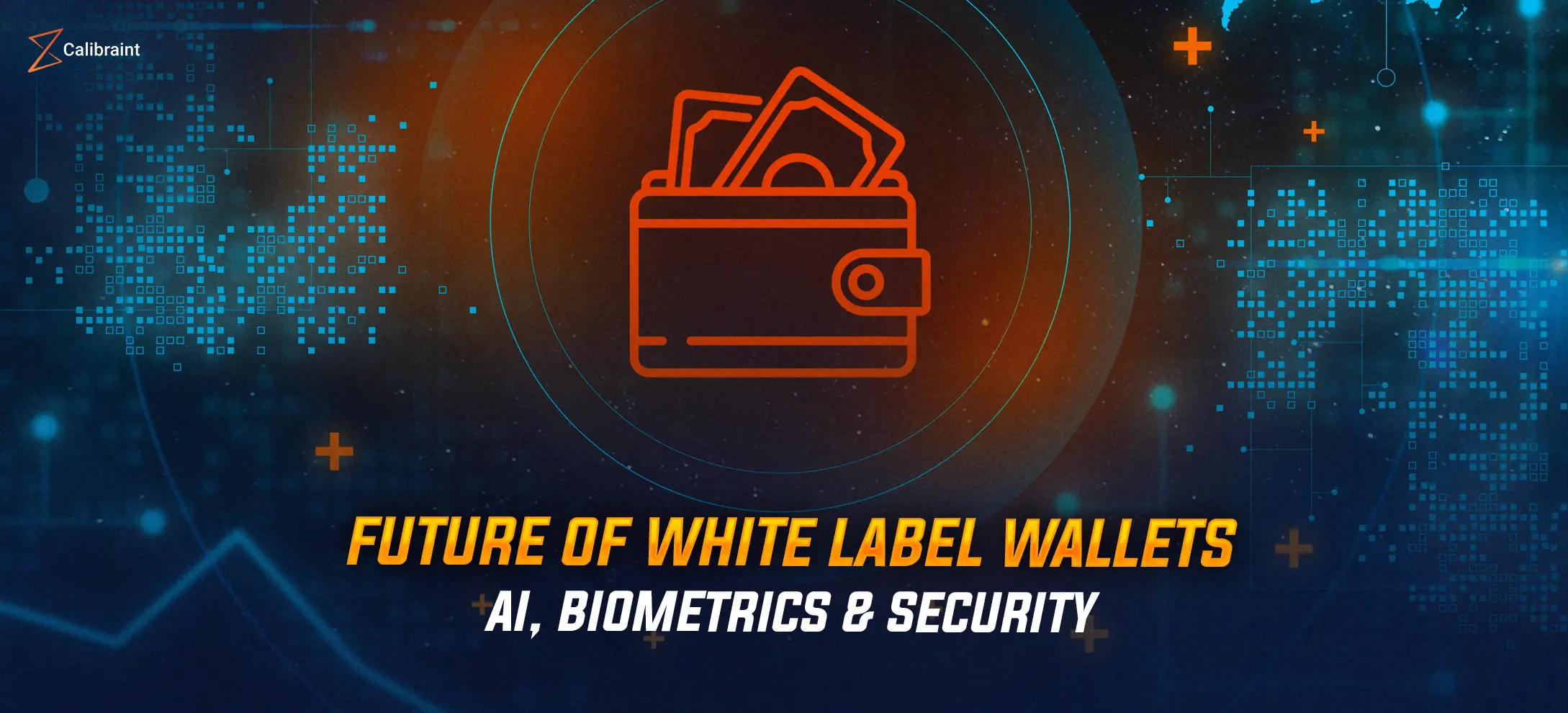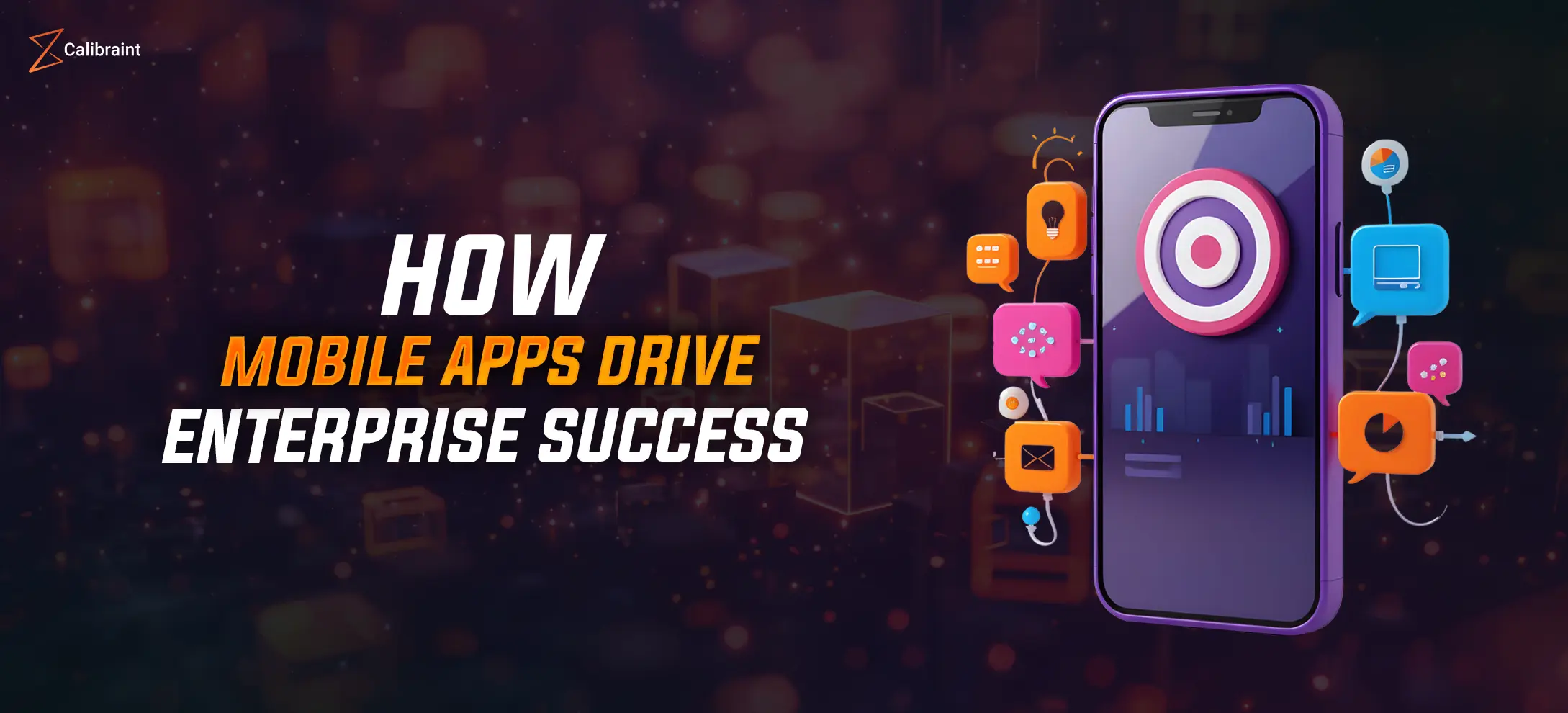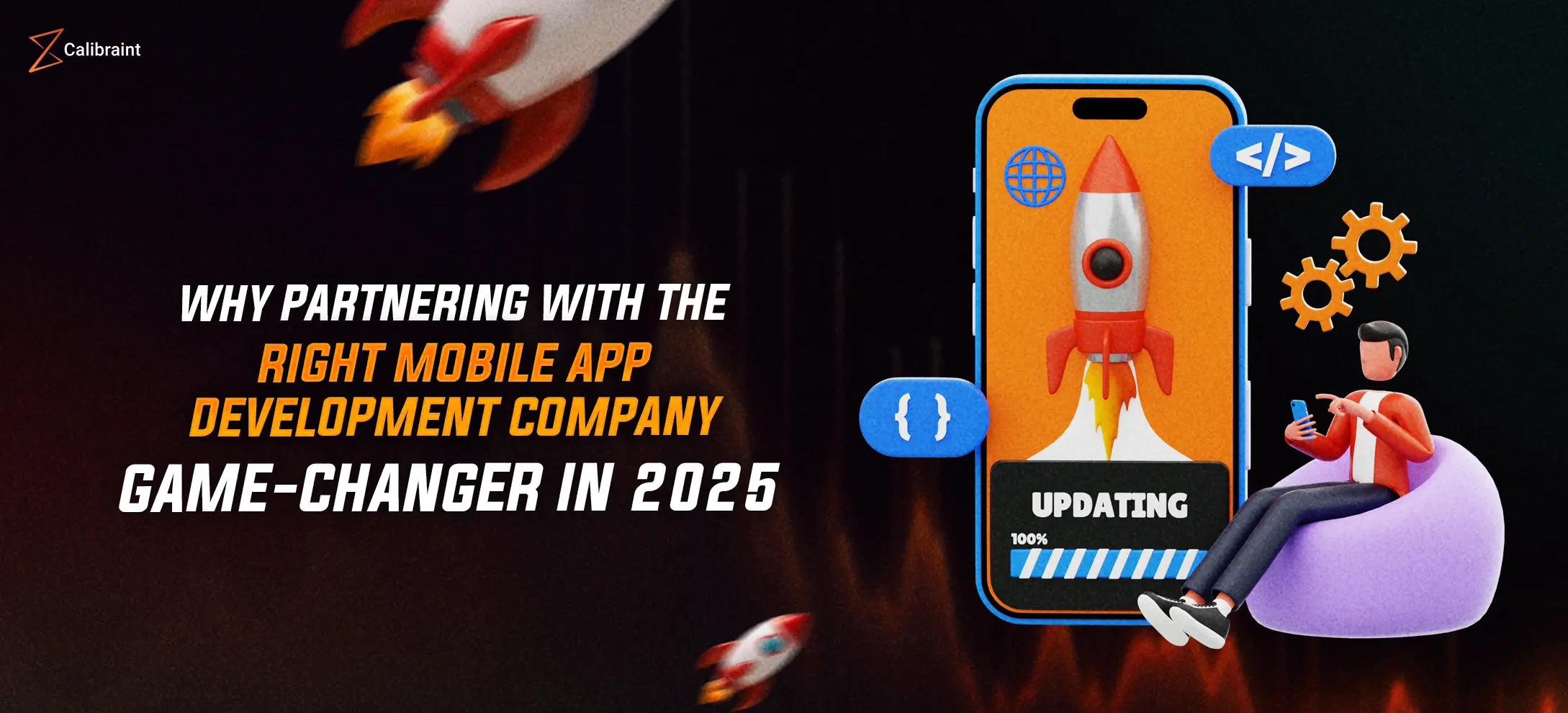Data Leakage in Android Apps: 7 Expert Strategies for Prevention in 2025

Did you know that over 40% of mobile apps have at least one high-risk security vulnerability that could lead to data exposure? According to a report by Zimperium, many of these weaknesses are found in apps running on Android devices, where sensitive user data is often at risk due to insecure coding practices, inadequate encryption, or poor permission handling.
In this context, data leakage in android apps is no longer a rare event, it’s an increasingly common and costly threat. From banking apps leaking financial details to health trackers exposing private medical data, the consequences are both personal and business-critical. In 2025, as cyberattacks grow more sophisticated, preventing such leaks has become a fundamental priority for developers, enterprises, and security teams.
What is Data Leakage in Android Apps?
Data leakage refers to the unintended or unauthorized transmission of sensitive data from an application to an external party. On Android, this can happen due to insecure storage practices, unprotected APIs, improper permission handling, or vulnerabilities in third-party integrations. Unlike a full-blown android data breach, which is usually detected quickly, a leak may go unnoticed for months while quietly exposing private information.
Key Causes of Data Leakage
- Unsecured APIs
APIs are the backbone of most Android applications, enabling communication between the app and its backend. However, when these APIs lack proper authentication or encryption, they become open doors for attackers to intercept sensitive information. A single insecure endpoint can allow malicious actors to capture personal details, payment information, or authentication tokens. This risk becomes even greater if API keys are embedded in the app code without protection. Strengthening API security is one of the most effective ways to reduce the risk of data leakage in apps.
- Excessive Permissions
One of the most overlooked causes of android data leak incidents is over-permissioning. Many applications request access to device features and data far beyond what’s necessary for core functionality. This creates multiple attack vectors, allowing malicious software or hackers to exploit unused permissions for unauthorized data access. Even if these permissions are granted with good intentions, they can still be abused if the app is compromised. Regular permission audits can help maintain a tighter security perimeter and reduce potential exposure.
- Insecure Storage
Storing sensitive information in plain text or in easily accessible storage locations dramatically increases the chances of android data breach events. Whether it’s login credentials saved in shared preferences or unencrypted user data stored on external memory, insecure storage is a goldmine for attackers. Cybercriminals often exploit physical device access or malware to retrieve such data. Using secure storage options like encrypted SQLite databases or Android’s Keystore can prevent this common form of data leakage.
- Third-Party SDK Risks
Third-party SDKs can enhance app functionality, but they also bring hidden risks. Integrating an SDK without thorough vetting can unknowingly introduce vulnerabilities into your application. Some SDKs may access more data than necessary, transmitting it to their own servers, which can result in data leakage in android apps. Developers must ensure that these external components comply with security best practices and privacy regulations before integration. Regular updates and reviews of SDK behavior are crucial to avoid unintended data exposure.
- Lack of Regular Testing
Many data leakage in android app cases occur simply because vulnerabilities go undetected for too long. Without consistent security testing, flaws remain hidden until exploited by attackers. Regular penetration testing, vulnerability scans, and code reviews help uncover weak points before they cause real damage. In today’s threat landscape, relying solely on initial development security checks is not enough. A proactive testing approach can significantly lower the likelihood of unnoticed leaks and maintain user trust.
Why Data Leakage in Android Apps is a Critical Issue
The impact of data leakage in android app environments extends far beyond immediate technical damage:
- Loss of User Trust – Trust is the foundation of any successful mobile application. When users discover that their personal or financial information has been exposed due to an android data breach, that trust can be shattered instantly. People are less likely to continue using an app or recommend it once they feel their privacy is at risk. Rebuilding this trust takes significant time, transparency, and resources. In many cases, the damage to credibility is permanent.
- Regulatory Penalties – Security incidents don’t just harm user confidence, they can also trigger legal and financial consequences. Regulations like GDPR, CCPA, and India’s DPDP Act impose strict guidelines on data protection, and non-compliance can lead to substantial fines. These penalties are designed to hold businesses accountable for safeguarding user information. Failing to address vulnerabilities that cause data leakage in android app environments can quickly turn into a costly legal battle.
- Brand Damage – Years of careful marketing and brand building can be undone by a single data leakage headline. Negative press spreads fast, and news of a security incident often dominates search results for months or even years after the event. This can overshadow product updates, partnerships, and positive achievements. For companies, brand recovery is often more expensive and time-consuming than investing in prevention measures from the start
- Competitive Loss – In today’s app-driven world, users have countless alternatives at their fingertips. If an application suffers a security incident, it’s easy for customers to uninstall it and choose a competitor that appears safer. Once users perceive a brand as insecure, winning them back becomes an uphill battle. Data leakage in apps not only costs immediate business but can also permanently reduce market share in a highly competitive space.
7 Expert Strategies to Prevent Data Leakage in Android Apps
1. Apply End-to-End Encryption
Encryption is the cornerstone of data leakage prevention in mobile applications. By securing data both at rest and in transit, you significantly reduce the risk of unauthorized access. Industry standards like AES-256 for stored data and TLS 1.3 for data transfer ensure maximum protection. It’s also critical to store encryption keys in Android’s Keystore rather than embedding them in application code, where they could be extracted. Going a step further, encrypting logs and configuration files helps prevent data leaks in an android app that might otherwise go unnoticed.
2. Limit App Permissions
Applying the principle of least privilege is one of the simplest yet most effective ways to mitigate android data leak risks. This means only requesting the permissions absolutely necessary for core app functions, and conducting regular audits to remove unnecessary ones. Excessive permissions create more entry points for attackers to exploit. Being transparent with users about why a permission is required not only builds trust but also lowers suspicion of potential android data breach activity. The fewer the permissions, the smaller the attack surface.
3. Secure APIs with Authentication and Rate Limiting
APIs are essential for Android app functionality but are also frequent targets for hackers. Weak authentication, missing encryption, and unlimited requests can result in severe data leakage in android apps. Implement OAuth 2.0 for secure user authentication and enforce rate limits to block brute-force attempts. Continuous monitoring of API traffic allows developers to detect unusual patterns that could indicate data leakage in apps. This multi-layered approach protects against both automated and targeted attacks.
4. Deploy Real-Time Threat Detection
Prevention is ideal, but rapid response can be the difference between a minor incident and a catastrophic leak. Real-time protection tools like Runtime Application Self-Protection (RASP) and Mobile Threat Defense (MTD) actively monitor app behavior to block threats instantly. They can prevent code tampering, reverse engineering, and other malicious actions that might cause data leakage in android app scenarios. This immediate defense layer keeps attackers from exploiting vulnerabilities before a fix is deployed.
5. Conduct Regular Penetration Testing
Ongoing security testing is essential for staying ahead of attackers. Combining manual and automated penetration tests helps uncover vulnerabilities such as SQL injection flaws, session mismanagement, and unsafe storage configurations that could lead to android data breach incidents. By simulating real-world attack scenarios, penetration testing exposes weaknesses before malicious actors find them. This proactive approach enables developers to prevent data leaks in an android app rather than reacting after the fact.
6. Secure Data Storage and Caching
Where and how you store data matters greatly in preventing leaks. Sensitive information should never be kept in shared preferences, plain-text logs, or unsecured external storage. Instead, opt for encrypted SQLite databases or secure internal storage mechanisms. Disabling screen caching for sensitive content ensures that private data isn’t accidentally left in device memory. These practices form a solid defense against data leakage caused by poor storage hygiene.
7. Train Developers in Secure Coding
Technology can only go so far, security ultimately depends on the people building the software. Providing developers with ongoing training in secure coding practices, including the OWASP Mobile Top 10 and compliance frameworks, dramatically reduces data leakage prevention failures. Educated teams are better equipped to identify risks early, design safer architectures, and avoid introducing vulnerabilities during development. Many android data leak incidents could have been avoided entirely with better security awareness at the coding stage.
How Android Data Leak Incidents Usually Start
An android data breach often begins with something small: a forgotten test API, an outdated SDK, or a misconfigured permission. Over time, this small gap is exploited, leading to exposure of critical user data like financial information, passwords, or health records. The worst part is that many data leakage in apps go unnoticed until users start reporting suspicious activity.
Compliance as a Security Framework
Following regulations like GDPR, CCPA, and DPDP isn’t just about avoiding penalties,it enforces stronger data leakage prevention processes. These laws often mandate encryption, limited retention policies, and secure deletion practices that directly prevent data leaks in an android app.
Emerging Trends: AI in Leak Detection
AI-powered monitoring systems can detect anomalies in data flow, flag unusual API activity, and alert security teams before leaks escalate. In 2025, these solutions are becoming vital for identifying data leakage in android apps early and mitigating them before they cause large-scale damage.
Conclusion
The fight against data leakage in android apps is ongoing and requires a multi-layered approach: encryption, strict permissions, API security, threat detection, regular testing, secure storage, and developer education. With evolving cyber threats and tighter regulations, the stakes are higher than ever.
Organizations that invest in data leakage prevention today not only protect user trust but also future-proof their mobile applications against the increasingly sophisticated threats of tomorrow.
At Calibraint, we specialize in building secure, scalable, and high-performing Android applications with industry-leading data protection practices. Whether you’re developing a new app or strengthening an existing one, our expert team ensures your mobile solution stays ahead of evolving threats.
Let’s secure your app together – Talk to our experts today.



























